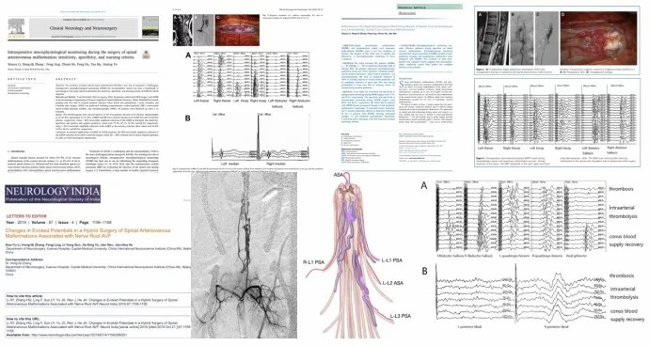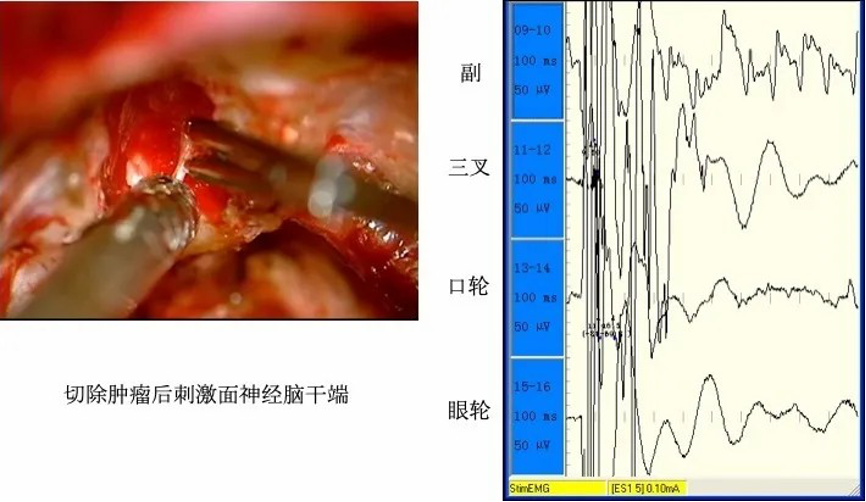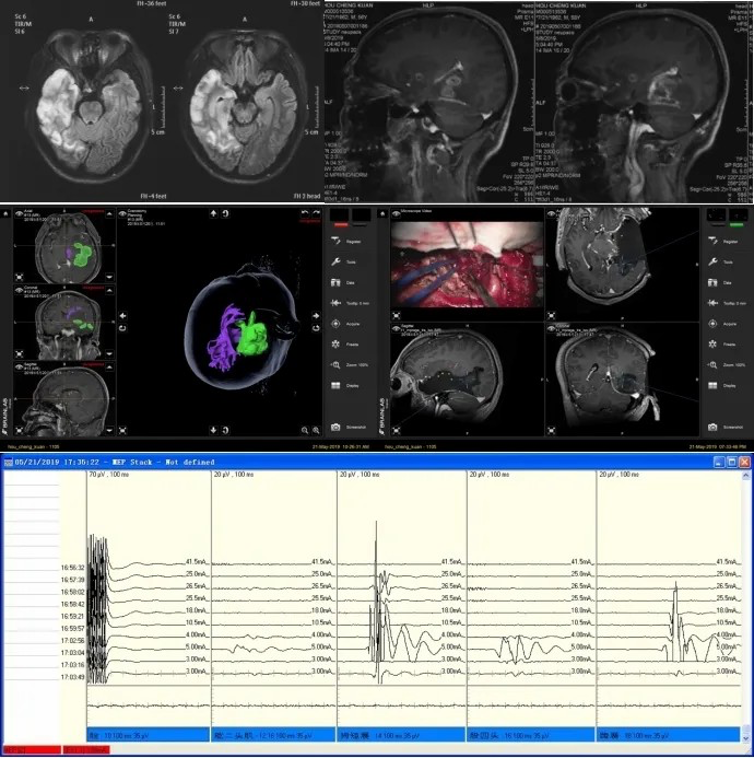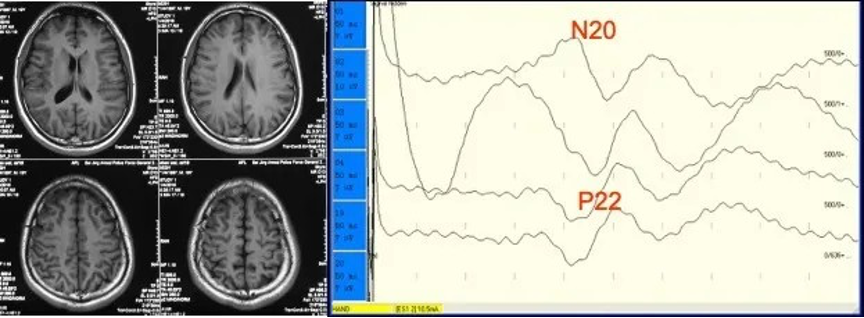1. Introduction
With the past 20-year development of neurosurgery, to avoid post-operative dysfunction, neuroelectrophysiological monitoring and examination have been increasingly used in intraoperative monitoring and post-operative evaluation. Xuanwu Hospital's neurosurgery electrophysiological monitoring group relies on powerful neurosurgery resources and has made considerable progress in recent years. The current monitoring group consists of one physician (doctor) and six technicians (2 masters, 4 undergraduates). It has 8 intraoperative monitoring systems, including Nicolli, Medtronic, Kaiwei, and Atech. The monitoring work includes spinal cord and spine, cerebrovascular disease, skull base tumor, functional neurosurgery disease, preoperative and post-operative functional evaluation of patients, critically ill and brain-dead patients, etc. In 2019, 1,203 intraoperative monitoring and 499 ward inspections and monitoring were completed. While carrying out essential monitoring work, the electrophysiological monitoring group continuously tries to develop various new monitoring technologies. We also pay attention to academic exchanges with domestic and foreign counterparts and translational researches (our group has published a total of 6 SCI papers).
2. Our collaboration with other neurosurgery groups
◆ Center of Hemorrhagic cerebrospinal vascular disease
Since 2008, the monitoring of spinal cord vascular malformations has been carried out to ensure the functional integrity of patients undergoing spinal cord surgery. The monitoring of aneurysm clipping surgery and interventional treatments started in 2010, which avoided cortical and subcortical ischemia in patients.

Intraoperative monitoring of spinal arteriovenous malformations and related published articles

Evoked potential monitoring in aneurysm clipping surgery
◆ Center of the skull base and brain tumor
Acoustic neuroma electrophysiological monitoring has been carried out since 2008, and technology has been continuously improved to ensure the preservation of facial nerve function after acoustic neuroma resection. In 2019, the retention rate of the facial nerve in 167 acoustic neuroma surgeries had reached 97%; Using intraoperative MRI and navigation technology, we have carried out subcortical electrical stimulation to locate the relative boundary between the conducting tract and the tumor to ensure that the patient's post-operative movement and sensory function are preserved.


Electrophysiological monitoring during acoustic neuroma resection

Subcortical electrical stimulation combined with intraoperative image guiding
◆ Neurospinal center
We routinely carry intraoperative monitoring of intra-spinal occupation resection, scoliosis correction, tethered cord syndrome surgery to ensure the integrity of the spinal cord and nerve root function.

Distinguish terminal filaments and nerve roots through electrophysiological monitoring during tethered cord surgery
◆ Neurosurgical Center for Stereotactic Treatment and Functional Disorders
We routinely perform preoperative and post-operative EEG examinations in patients with epilepsy, as well as intraoperative ECOG monitoring. Combining functional area location and subcortical stimulation, we could accurately locate the epileptic focus and the functional area, and ensure accurate removal of the lesion. We carry out monitoring of the abnormal electromyographic response of hemifacial spasm and hearing to effectively ensure the disappearance of post-operative spasms and the preservation of hearing.

Locate the central sulcus by evoked potential
◆ Pediatric neurosurgery group
In the operation of pediatric patients, the same monitoring as in the adult operation is routinely carried out, such as tumors within functional areas, intraspinal occupation. The electrophysiological monitoring of the posterior rhizotomy of pediatric cerebral palsy is carried out through intraoperative electrical stimulation. We help to distinguish between sensory and motor roots and overactive sensory nerve roots in real time to relieve post-operative spasticity.
◆ Neurosurgical critical care center
EEG and evoked potentials are routinely used for critical illness assessment and brain death assessment. We assist the clinical judgment of the brain function status of patients with coma and brain death.
You can find professional doctors and experts about this center here for your further consultation

Any use of this site constitutes your agreement to the Terms and Conditions and Privacy Policy linked below.
A single copy of these materials may be reprinted for noncommercial personal use only. "China-INI," "chinaini.org" are trademarks of China International Neuroscience Institute.
© 2008-2021 China International Neuroscience Institute (China-INI). All rights reserved.